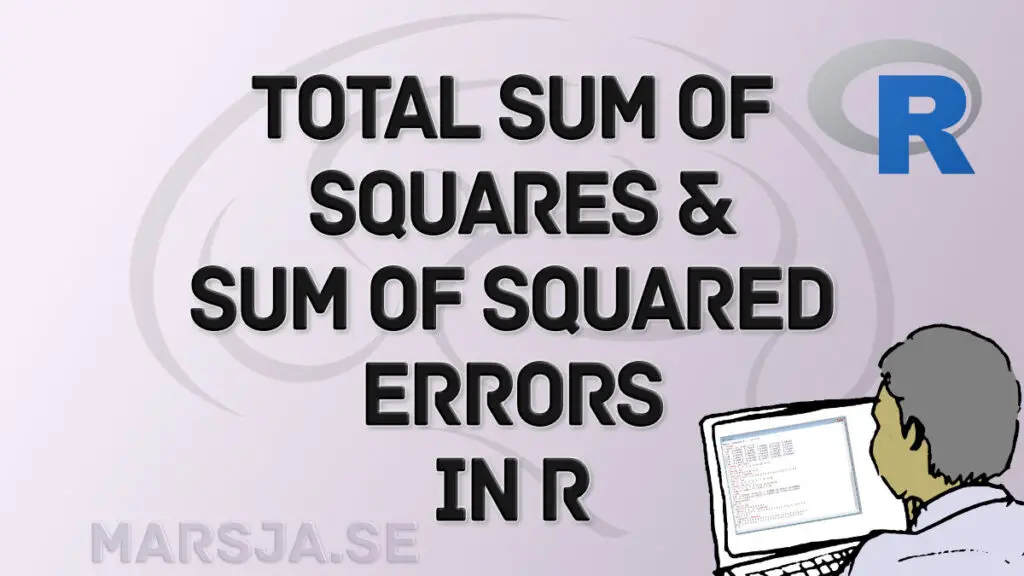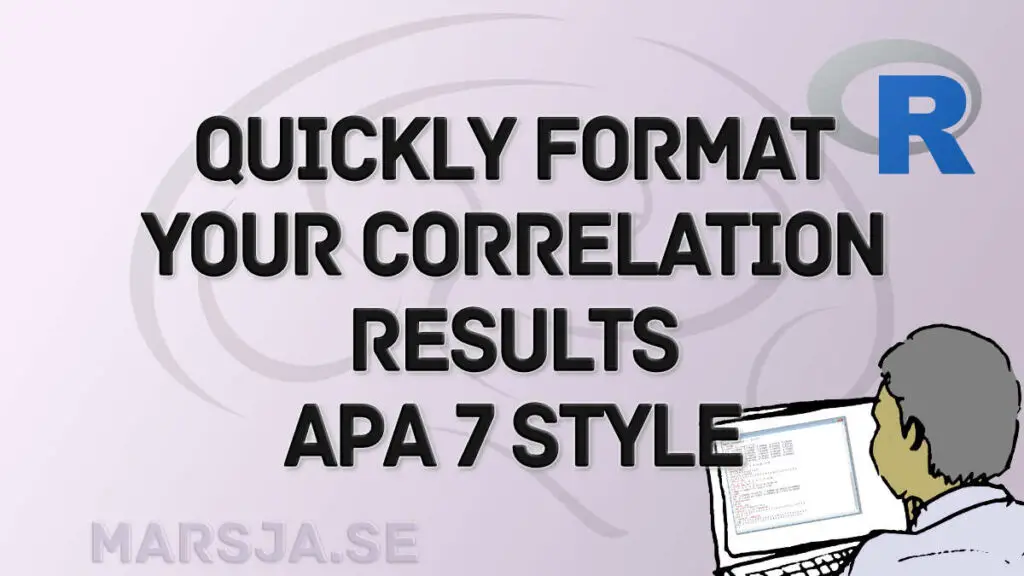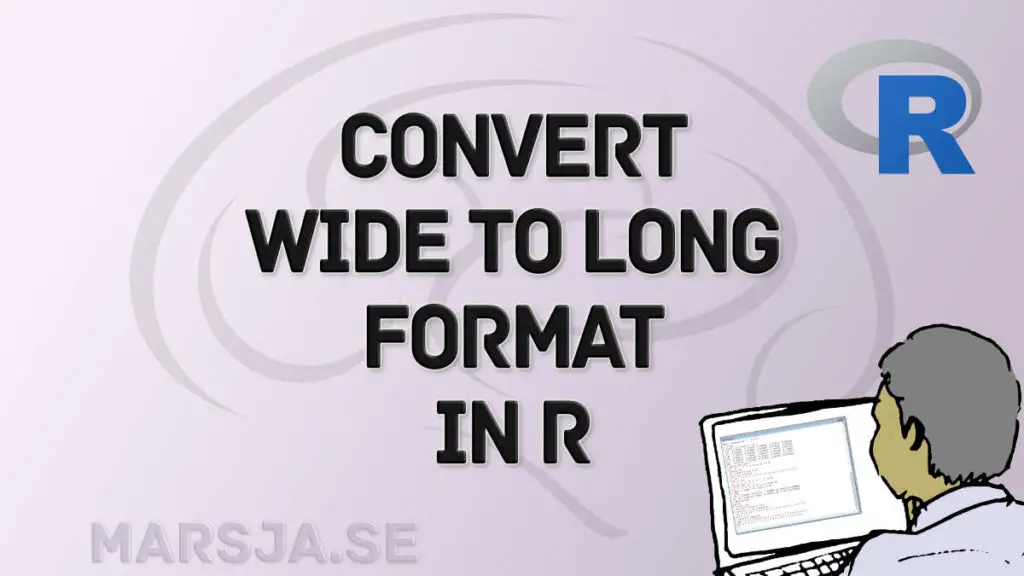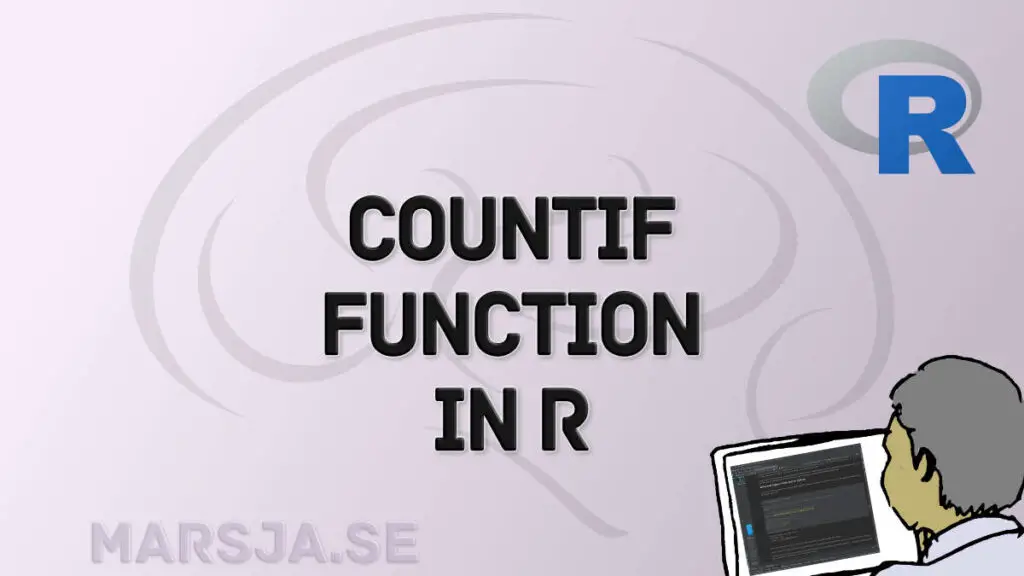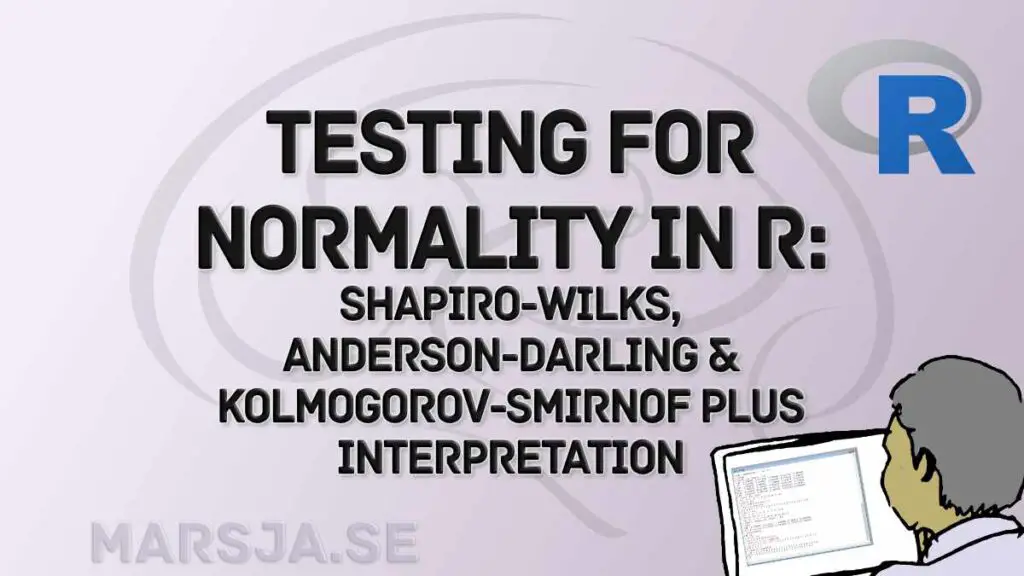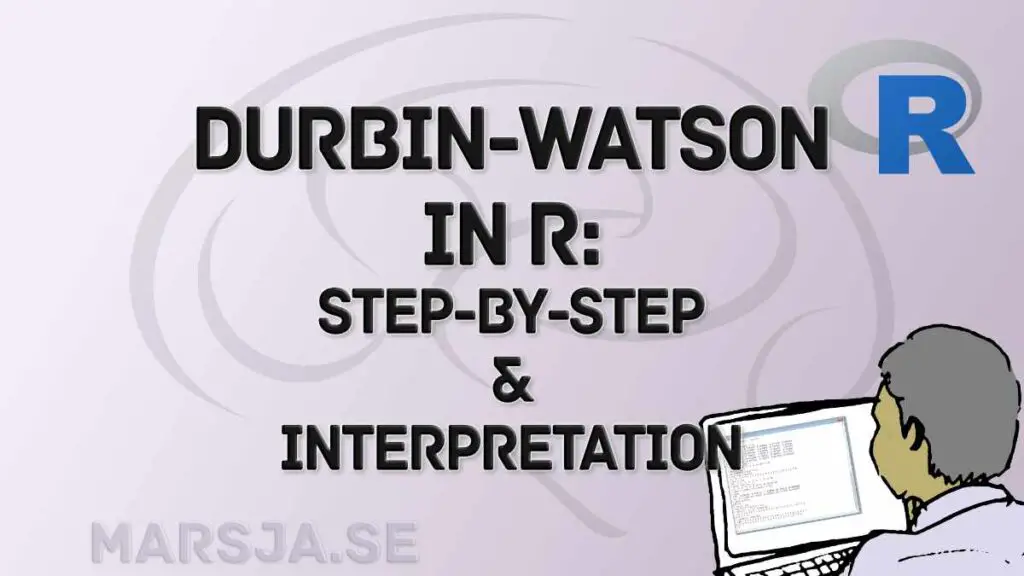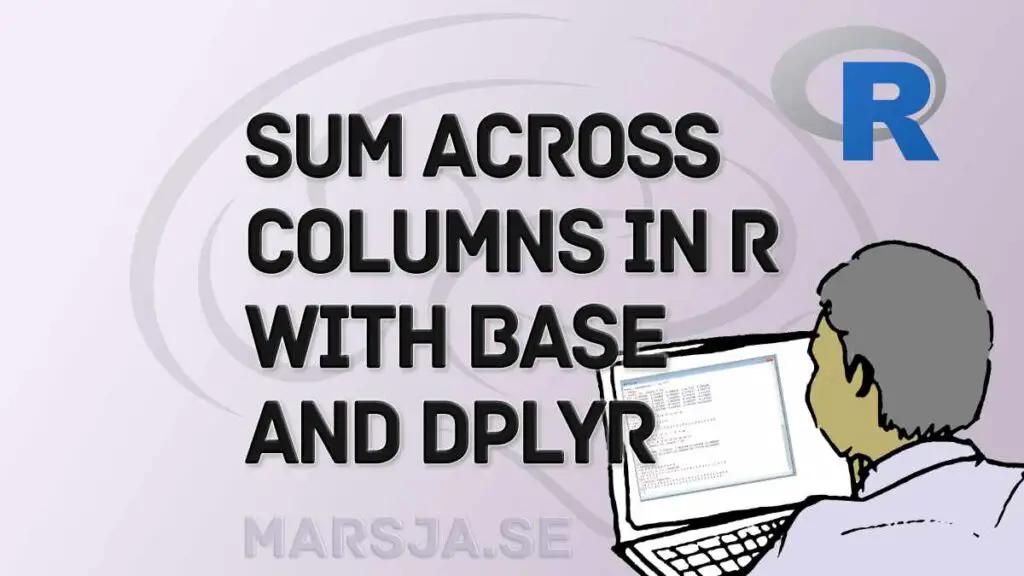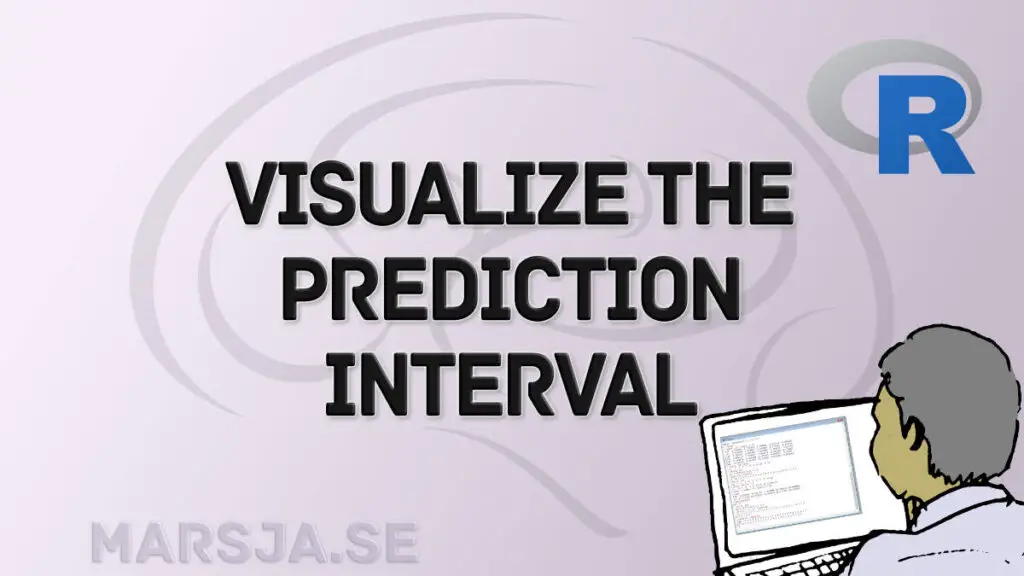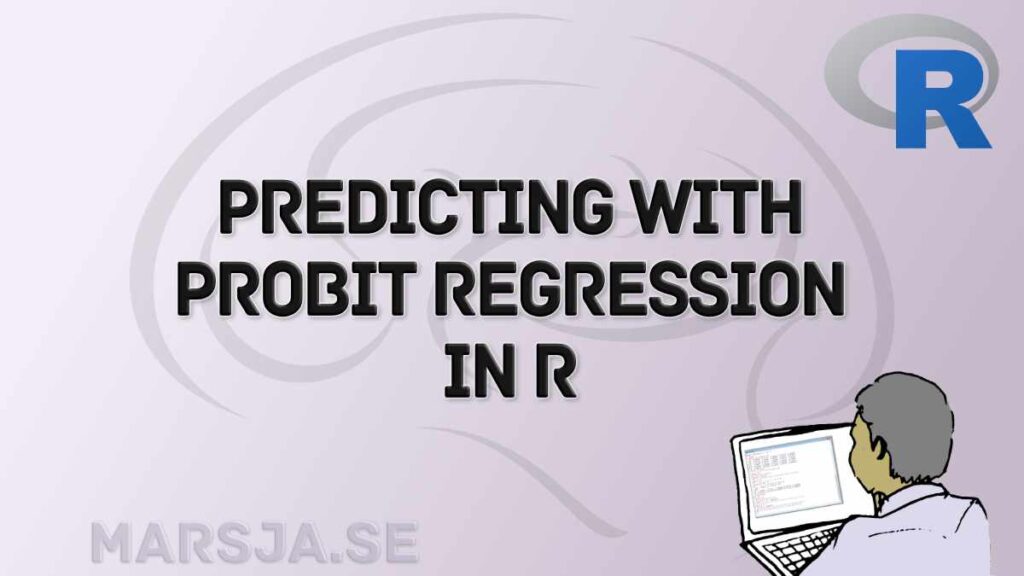Mastering SST & SSE in R: A Complete Guide for Analysts
Learn to calculate and interpret SSE/SSR and SST in R. Understand their significance, generate fake data, fit a linear model, and calculate SST and SSR using different methods, including ANOVA. Gain insights into evaluating model performance and enhance your statistical analysis skills. A comprehensive guide for data analysts and researchers.
Mastering SST & SSE in R: A Complete Guide for Analysts Read More »
